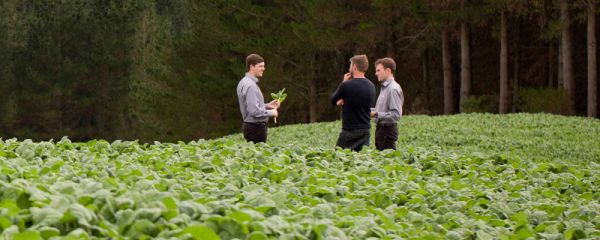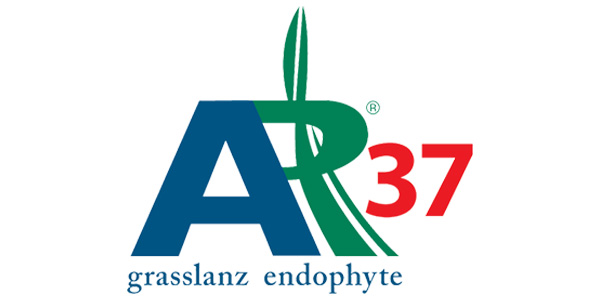
Other Grasses
Other Grasses
Cocksfoot
It is important to be aware when choosing to sow cocksfoot that it is a grass species that benefits from a free draining soil type. If the soil is not free draining, it is important that you are in a low rainfall environment, as it is not an ideal grass for areas that are wet for long periods.
Cocksfoot is a low to high fertility grass. While benefiting from high fertility situations, cocksfoot is the most productive and tolerant of our productive grasses to low fertility situations.
Establishment
Cocksfoot is often established in two primary pastures in a dryland mix with a high proportion of cocksfoot in the mix along with other slow establishing dryland species, or as 1-3 kg/ha in a perennial ryegrass pasture mix.
Where cocksfoot is the primary grass in a dryland mix it is important to have managed weeds before sowing, as this pasture will be very slow to create competitive covers and weeds will often be a problem for other components of this mix. Cocksfoot is very slow to tiller and often may seem as if the pasture is too thin, however it develops strong crowns that fill out the pasture significantly over time.
Cocksfoot should be sown at around 10 mm depth, like the recommendation for clovers.
In a ryegrass mixture cocksfoot is very slow to develop and a poor competitor through the first six months, this is often seen by very slow tiller development. Cocksfoot can maintain this state until climatic conditions improve and it starts to dominate its position in the mixture more aggressively.
Timing
Like tall fescue, cocksfoot is sensitive to temperature for germination and development (Figure 25, page 118). Typically sown late summer or early autumn in dry environments, it is important to sow early for a fast establishment of pasture containing cocksfoot.
Grazing Management
First grazing follows the same pull test rules defined in the ryegrass section.
Modern cocksfoot has very few issues with a range of grazing managements. It holds cover to high levels without dropping palatability, especially to cattle. It can be set-stocked through most times of the year, however it benefits from rotational grazing to maximise productivity.
Fertiliser
Cocksfoot based pastures of more than three years of age benefit greatly from early summer and mid autumn nitrogen applications. Cocksfoot is highly responsive to nitrogen and this helps maintain crude protein levels especially where pasture legume content has declined in dry climates. Nitrogen also helps maintain herbage quality going into winter and improves palatability when carried to higher covers.

Other Grasses
VIEW PRODUCTS



